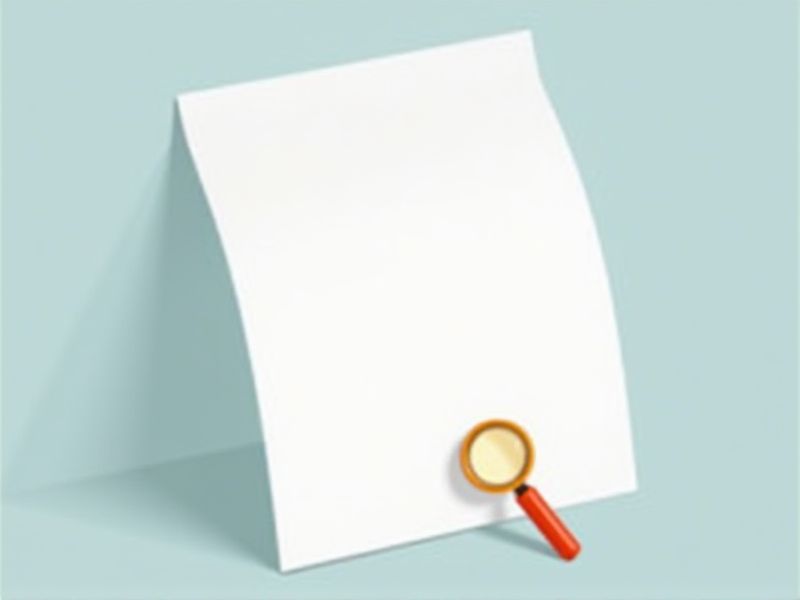
A well-crafted letter of recommendation can significantly impact a candidate's chances of securing a job, internship, or academic opportunity. It serves as a credible endorsement of their skills, character, and accomplishments from a trusted source. Understanding the proper format ensures that your letter is clear, professional, and effective. This includes the correct structure, tone, and essential elements that highlight the candidate's strengths. To help you write a compelling recommendation, this article offers a variety of easy-to-use letter templates suited for different situations.
Samples of letter format for recommendation
Professional Letter Format For Recommendation
Formal Letter Format For Recommendation
Letter Format For Job Recommendation
Letter Format For Character Recommendation
Letter Format For College Recommendation
Letter Format For Graduate School Recommendation
Letter Format For Employment Recommendation
Letter Format For Academic Recommendation
Letter Format For Personal Recommendation
Letter Format For Business Recommendation
Letter Format For Scholarship Recommendation
Letter Format For Reference Recommendation
Letter Format For Volunteer Recommendation
Letter Format For Internship Recommendation
Letter Format For Commendation Recommendation
Letter Format For Mentor Recommendation
Letter Format For Employee Recommendation
Letter Format For Resident Recommendation
Letter Format For Leadership Recommendation
Letter Format For Performance Recommendation
Important Things to Know when Writing Letter Format For Recommendation
Proper Salutation And Recipient Details
Proper salutation and recipient details are essential components of a recommendation letter format. Begin with a formal greeting, addressing the recipient appropriately, such as "Dear Dr. Smith" or "To Whom It May Concern." Following the salutation, include the recipient's name, title, and organizational affiliation, ensuring that all details are accurate to convey professionalism. This attention to detail not only demonstrates respect but also enhances the letter's effectiveness in conveying the candidate's qualifications.
Clear Introduction Stating Purpose
A clear introduction is essential in a recommendation letter as it sets the tone and purpose of the document. Begin by briefly stating your relationship with the candidate and the context in which you know them, which helps establish credibility. Include a specific mention of the position or opportunity they are applying for to ensure the reader understands the relevance. This foundational statement not only grabs attention but also provides a framework for the subsequent details about the candidate's strengths and qualifications.
Specific Examples Of Qualifications Or Achievements
When writing a recommendation letter, it's crucial to include specific examples of the candidate's qualifications and achievements to provide a clearer picture of their capabilities. Highlight accomplishments that demonstrate their skills, such as successful projects they led or challenges they overcame. This not only strengthens the endorsement but also offers context that makes the candidate's strengths more relatable to the reader. By illustrating these qualities with concrete instances, you enhance the persuasiveness and effectiveness of the recommendation.
Positive And Professional Tone
Using a positive and professional tone is essential in a letter of recommendation, as it sets the mood for the reader and conveys your support for the candidate. Highlight specific achievements and skills that demonstrate their strengths, ensuring that your language reflects your genuine admiration. Make the letter personal by sharing anecdotes that illustrate the individual's character and competency, which can provide greater context. This approach not only enhances the credibility of your recommendation but also resonates more deeply with the recipient.
Contact Information For Follow-Up
Including accurate contact information for follow-up in a recommendation letter is crucial for ensuring seamless communication. This should typically be positioned at the top of the letter, alongside the date and the recipient's details. Your contact information should provide multiple methods of reach, such as a phone number and a professional email address, to facilitate easy inquiries. This practice not only reflects professionalism but also indicates your willingness to engage further about the candidate's qualifications.
